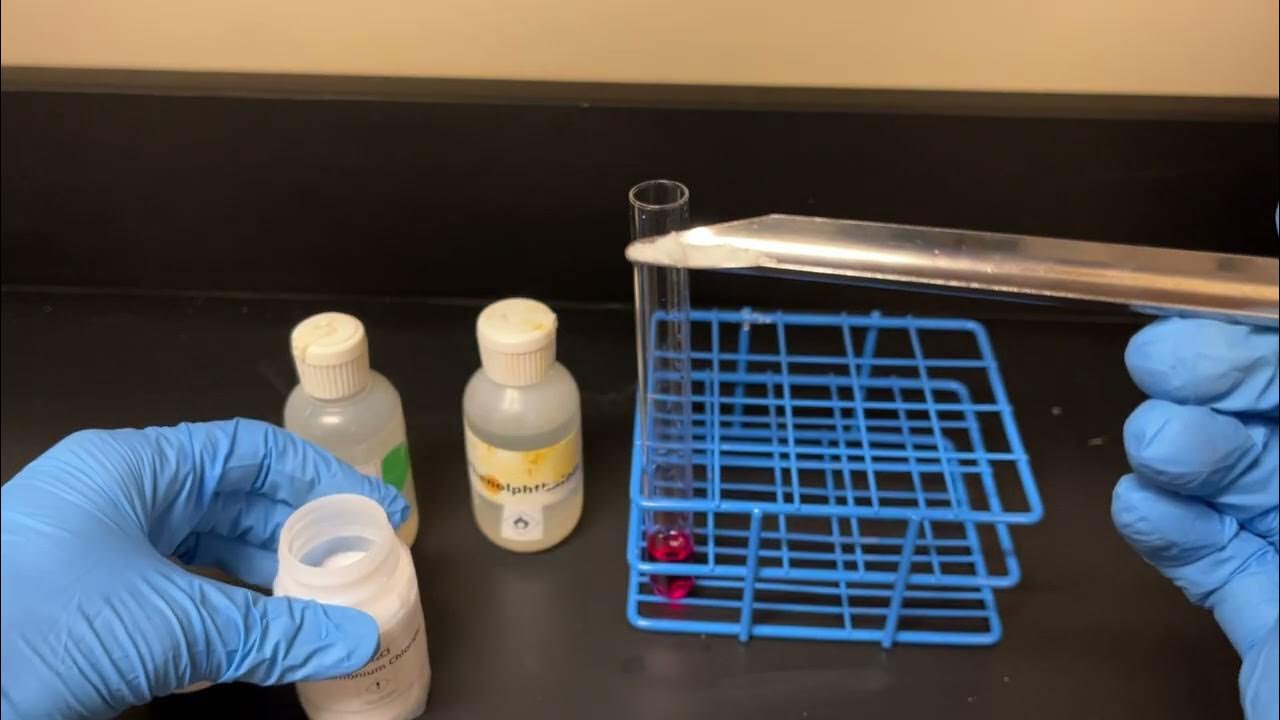Cara Membuat Erupsi Gunung Berapi Buatan Sekolah Sahabat Alam Palangka Raya
Summary
TLDRIn this engaging educational video, the presenter guides viewers through a fun and simple volcano eruption experiment. Using common household items like soap, vinegar, and baking soda, the presenter demonstrates how to create a mini volcano, complete with a bubbling lava eruption. The video highlights the steps of setting up the experiment, including building a mini volcano, adding ingredients like dish soap and baking soda, and observing the eruption. This hands-on activity is a great way for kids to learn about volcanoes and chemistry in an exciting, interactive way.
Takeaways
- 😀 The script begins with a warm greeting and well wishes to the audience.
- 😀 The host introduces an experiment about a volcanic eruption, mentioning that it will be a fun and educational activity.
- 😀 Several items are listed as necessary for the experiment, including a spoon, water, dish soap, vinegar, red food coloring, baking soda, a tray, sand or soil, and a plastic cup.
- 😀 The first step in the experiment is setting up a mini volcano on the tray and placing a plastic cup (which represents the volcano's crater) on top.
- 😀 The host adds dish soap to the cup, followed by three spoonfuls of baking soda.
- 😀 Next, a mixture of red food coloring and water is prepared and stirred together.
- 😀 The red water mixture is poured into the plastic cup (the volcano's crater).
- 😀 The final step involves slowly adding vinegar into the cup, which causes the volcano to 'erupt.'
- 😀 The eruption results in foam overflowing from the cup, which is explained as lava, a hot substance that erupts from real volcanoes.
- 😀 The experiment concludes with a message encouraging viewers to try the volcano experiment at home.
- 😀 The host ends the video with a farewell and a prayer, saying 'Assalamualaikum, Warahmatullahi Wabarakatuh.'
Q & A
What is the main activity in the video script?
-The main activity in the video is a science experiment simulating a volcanic eruption using simple household materials.
What materials are needed to perform the experiment?
-The materials required for the experiment are a spoon, water, dish soap or laundry detergent, vinegar, red food coloring, baking soda, a tray, sand or soil, and a plastic cup.
What is the purpose of the mini volcano model in the experiment?
-The mini volcano model is created to simulate a volcanic eruption, with a plastic cup representing the crater or 'kawah' where the eruption happens.
What role does the dish soap play in the experiment?
-The dish soap helps create foam or bubbles during the eruption, mimicking the lava flow that comes out of a volcano.
How is the red color introduced into the experiment?
-Red food coloring is mixed into the water to represent the lava's fiery color, making the eruption more visually dramatic.
Why is baking soda added to the volcano model?
-Baking soda reacts with the vinegar to produce a foamy eruption, simulating the explosive behavior of a volcanic eruption.
What happens when vinegar is slowly added to the mixture?
-When vinegar is added to the mixture of baking soda, soap, and water, it causes a chemical reaction that produces bubbles and foam, mimicking lava flowing out of the volcano.
Why is the eruption described as similar to lava?
-The eruption is described as similar to lava because the foam produced by the reaction resembles the flow of lava from a volcano, although in this experiment, it is safe and not hot.
What does the speaker mean by 'lava' in this experiment?
-In this experiment, 'lava' refers to the foam that erupts from the volcano model, which looks similar to real lava but is harmless and cool to the touch.
What is the educational value of this experiment?
-The educational value lies in demonstrating the chemical reaction between baking soda and vinegar, and how this can simulate the explosive nature of volcanic eruptions, making science fun and interactive for students.
Outlines

This section is available to paid users only. Please upgrade to access this part.
Upgrade NowMindmap

This section is available to paid users only. Please upgrade to access this part.
Upgrade NowKeywords

This section is available to paid users only. Please upgrade to access this part.
Upgrade NowHighlights

This section is available to paid users only. Please upgrade to access this part.
Upgrade NowTranscripts

This section is available to paid users only. Please upgrade to access this part.
Upgrade NowBrowse More Related Video

Percobaan Termodinamika Menggunakan Balon, Cuka, dan Baking Soda | Percobaan Fisika Sederhana

Weather experiment: Demonstrating a volcanic eruption with chemical reactions

Eksperimen di Rumah dengan 6 Bahan Murah dari Dapur | Gimana Cara Buat Gunung Meletus?

Cara Membuat Media Pembelajaran Tentang Siklus Air II Siklus Air II Water Circle School Project

Part 2

A luz que faz curva na água (EXPERIÊNCIA de FÍSICA)
5.0 / 5 (0 votes)